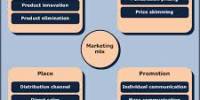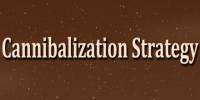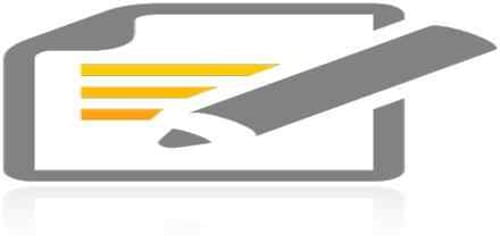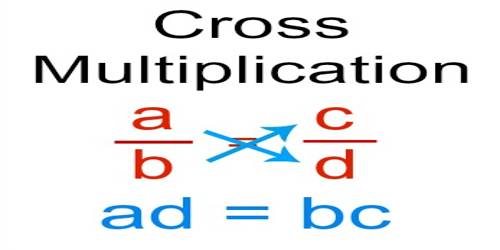In marketing, marketing geography (also called geomarketing) is a discipline that uses geolocation in the process of planning and implementation of marketing activities. You can divide your market by geographical areas, such as by city, county, state, region, (like the West Coast), country, or international region, (like Asia). It can be used in any aspect of the marketing mix – the product, price, promotion, or place (geo-targeting). Market segments can also correlate with location, and this can be useful in targeted marketing. You can also divide the market into rural, suburban, and urban market segments. Marketing geography has now emerged as a subject of its own and has emerged as the foremost and integrative topic for the study of economic geography.
Marketing Geography is applied in the financial sector by identifying ATMs traffic generators and creating hotspots maps based on geographical parameters integrated with customer behavior. It’s an effective approach for companies with large national or international markets because different consumers in different regions have different needs, wants, and cultural characteristics that can be specifically targeted. People in different parts of the world, display different characteristics. Geographic data and localization play a key role in seizing new business opportunities by offering background and intelligence that can improve the relevance of marketing communications across locales for brands and companies. A marketing strategy created by dividing the target market into segments on the basis of factors such as economics, food habits, clothing habits, languages, traditions, and many other traits is known as geographic segmentation.
Marketing Geography has a direct impact on the development of modern trade and the reorganization of retail types. It can also be an effective approach for small businesses with limited budgets. Geography suggests to businesses the places where products, goods, and services are likely to succeed. With the help of data, it can also tell companies what customers in particular locales want. They can focus on their defined area and not expend needless marketing dollars on approaches ill-suited for their target geographic segment. Site selection becomes automated and based on scientific procedures that save both time and money. Geomarketing uses key facts, a good base map, Whois data layers, consumer profiling, and success/fail criteria.
It works well in different areas of population density. GPS tracking and GSM localization can be used to obtain the actual position of the traveling customer. Consumers in an urban environment often have different needs and want than people in suburban and rural environments. There are even cultural differences between these three areas.
















